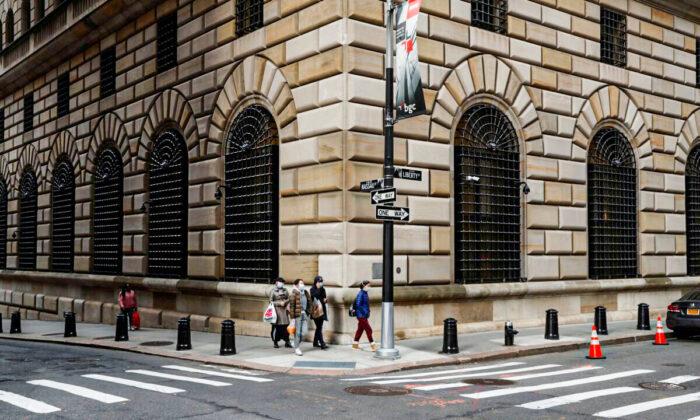Debt levels increased across several categories, with auto loan balances climbing by $11 billion to $1.66 trillion, while total household debt grew by $93 billion to reach $18.04 trillion, according to the report.
Mortgage balances rose slightly to $12.61 trillion, and home equity line of credit (HELOC) balances saw their 11th consecutive quarterly increase, reaching $396 billion.
The report highlights an uptick in delinquency transition rates for auto loans and credit cards, signaling that more Americans are struggling to keep up with payments.
The share of credit card debt transitioning into serious delinquency—defined as 90 or more days past due—rose from 6.36 percent in the fourth quarter of 2023 to 7.18 percent at the end of 2024. Auto loan serious delinquencies also increased, rising from 2.66 percent to 2.96 percent over the same period, the New York Fed said.
Overall, aggregate delinquency rates edged up slightly to 3.6 percent of total outstanding debt, a 0.1 percentage point increase from the previous quarter. While mortgage delinquencies remained stable, HELOC balances also saw an increase in serious delinquency rates.
In addition to rising debt balances, aggregate credit card limits expanded moderately, growing by $98 billion, or 1.3 percent, from the previous quarter.
Mortgage originations also saw a slight uptick, with $465 billion in new loans issued in the fourth quarter, reversing the slowdown observed in prior quarters. Student loan balances increased by $9 billion, bringing the total to $1.62 trillion.
The steady rise in household debt reflects ongoing economic pressures, including high interest rates and elevated living costs.
According to the Bureau of Labor Statistics, the annual inflation rate increased to 3 percent in January, up from 2.9 percent in December. Higher costs for shelter, energy, and food contributed to the increase.
On a monthly basis, the consumer price index surged by 0.5 percent, exceeding expectations. Core inflation, which excludes food and energy, rose to 3.3 percent, reflecting persistent inflationary pressures.
Economists note that the rising inflation metrics limit the Federal Reserve’s ability to cut interest rates in the near future.







